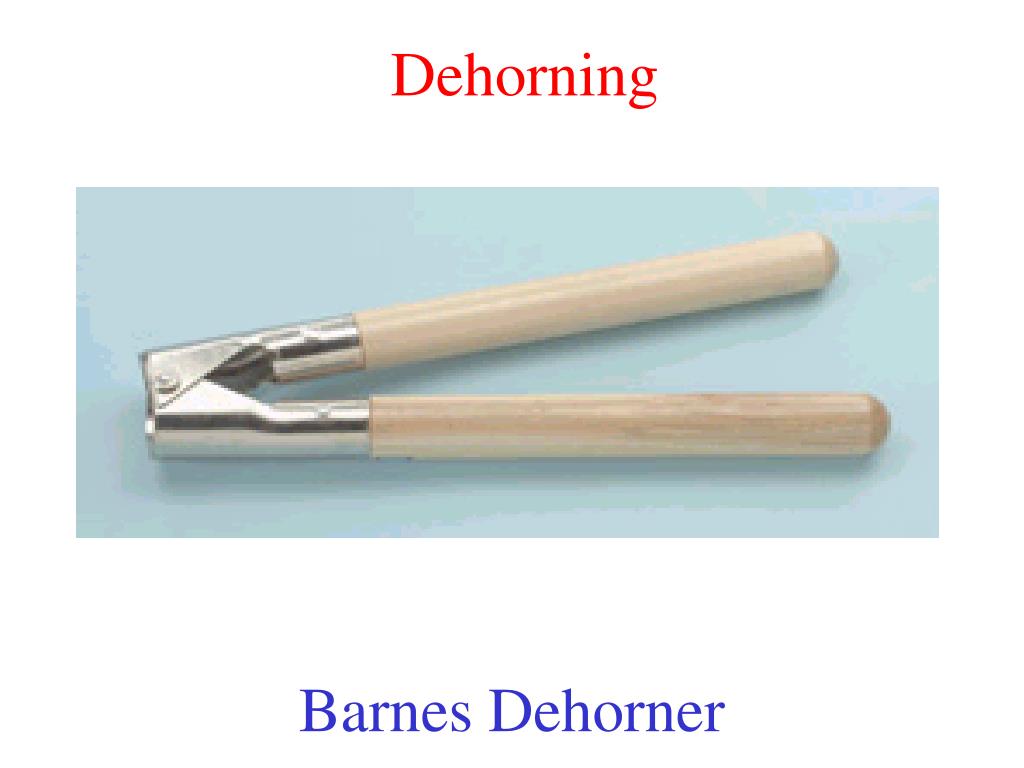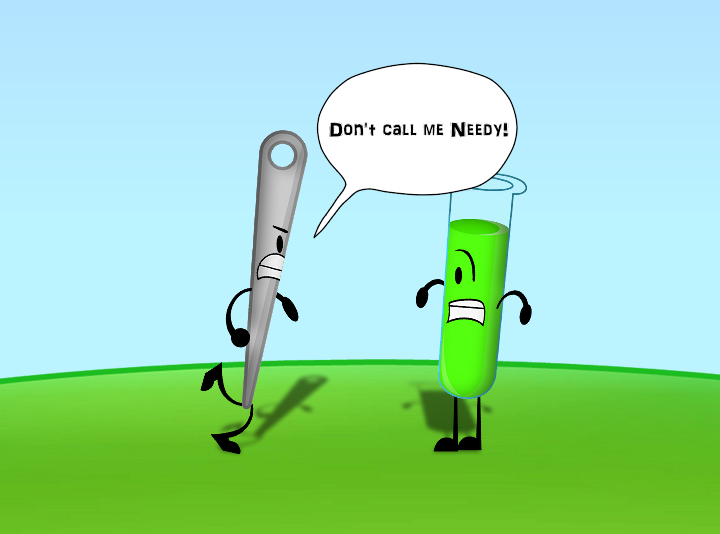

☑strongest ☑ shortest (thus confirming the length-strength law) With the knee fully extended, the quadriceps femoris muscle is □ strongest/□ weakest and □ shortest/□ longest.

To see whether we have discovered a general length-strength law, test the quadriceps femoris and hamstring muscles with the knee fully flexed and then fully extended.

One action, extension or flexion, by far exceeds the strength of the other. Next compare the maximum strength of the neck extensors with that of the neck flexors. The neck flexors are strongest with the neck □ flexed/ □ extended, in which position the flexor muscles are □ shortest/□ longest. Next test the neck flexor strength when your partner starts with the head tightly flexed, chin on chest. Then you resist the neck flexion with your hands. To test the strength of the neck flexors, start with your partner's head strongly extended. In testing these movements, place one hand on the Pt's forehead or occiput and the other on the front or back of the Pt's chest to provide bracing and counterpressure.

Now test the flexor and extensor strength of your partner's neck. Relate the strength of the biceps and triceps muscles to their length: these muscles are strongest when acting from their □ shortest/□ intermediate/□ longest position. The biceps pull test, biceps against biceps, perfectly exemplifies the matching principle, when the Pt and Ex match muscle to muscle. In all strength tests, the participants should exert maximum power, but they should pull to a peak in a slow crescendo, without jerking. You will find yourself hesitant and clumsy at first-that's why you have to practice, to get a "feel" or sympathy for the task. You must do the exercises the text calls for. 7-1A to 7-1B to test biceps and triceps strength. To understand the length-strength law, work through Figs. Proceed in an orderly, rostrocaudal, face-neck-shoulder-arm-forearm-hand-chest-abdomen-thigh-leg-foot-toe sequence and continually compare right and left sides. Next, scrutinize the size and contours of the Pt's muscles, looking for atrophy or hypertrophy, body asymmetry, joint malalignments, fasciculations, tremors, and involuntary movements. From abnormalities in the Pt's G estalt, sometimes from just a glance at the silhouette, the examiner (Ex) can diagnose an immense number of syndromes, such as arachnodactyly, achondroplastic dwarfism, and Down's syndrome. Compare the Pt's contours and proportions with those of a standard normal person of like age and sex and with those of family members. Next, ponder, yes ponder, the Pt's somatotype or body build. After all, the Pt came to you expecting an examination. Your own anxieties about viewing nudity may exceed those of the Pt about being viewed nude. Before the cock crows, one of you will violate this commandment: thou shalt undress every Pt. If you leave one-third of the body covered, you can do only two-thirds of an examination. Underclothes remain in place, in deference to modesty, but at some time you must look under them. Unobtrusive observation of the Pt's spontaneous activity often discloses more than formal tests, particularly in infants or mentally ill Pts.įor the formal examination, the Pt undresses and stands under an overhead light. Study every activity: How the Pt sits, stands, walks and gestures the postures and the general activity level. The motor examination begins the instant you meet the patient (Pt).


 0 kommentar(er)
0 kommentar(er)
